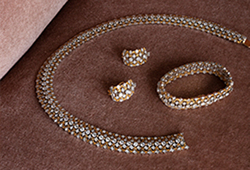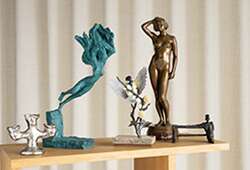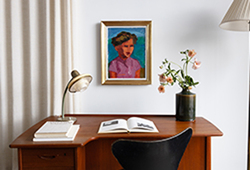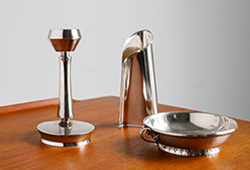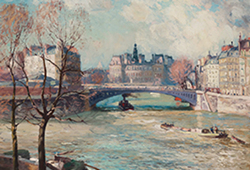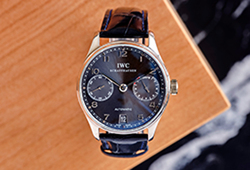Pablo Picasso
”Homme barbu de trois-quart/Version profil d’un homme”
Signed Picasso. Executed ca 1942-43. Ink on paper 28 x 22,6 cm. Also signed drawing in ink verso, I: 10 x 7 cm. Comes with a certificate from Picasso Authentification. In connection with the sale at Galerie Charpentier, Paris, Daniel-Henry Kahnweiler presented "Tête d'homme" to Picasso who signed the work on December 6th, 1952. We thank Mme Angela Rosengart, Galerie Rosengart, Luzern, for information about this lot.
Saleroom notice
Title: ”Homme barbu de trois-quart/Version profil d’un homme”. Executed 1942-43.
Provenance
Maurice Rheims, Galerie Charpentier, Paris, "Collection de la Princess de X et divers amateurs", 2-3 dec 1952.
Galerie Rosengart, Luzern, 1953.
Neumans konsthandel, Stockholm.
Acquired from the above.
More information
From first to last, Picasso’s prime subject was the human figure and portraiture remained a favourite genre. His earliest portraits were done from life and reveal a precocious ability to catch likeness and suggest character and state of mind. By 1900 Picasso was producing portraits of astonishing variety and thereafter they reflected the full range of his innovative styles – symbolist, cubist, neoclassical, surrealist, expressionist. But however extreme his departure from representational conventions, Picasso never wholly abandoned drawing from the sitter or ceased producing portraits of classic beauty and naturalism.
For all his radical originality, Picasso remained in constant dialogue with the art of the past and his portraits often alluded to canonical masterpieces, chosen for their appropriateness to the looks and personality of his subject.





